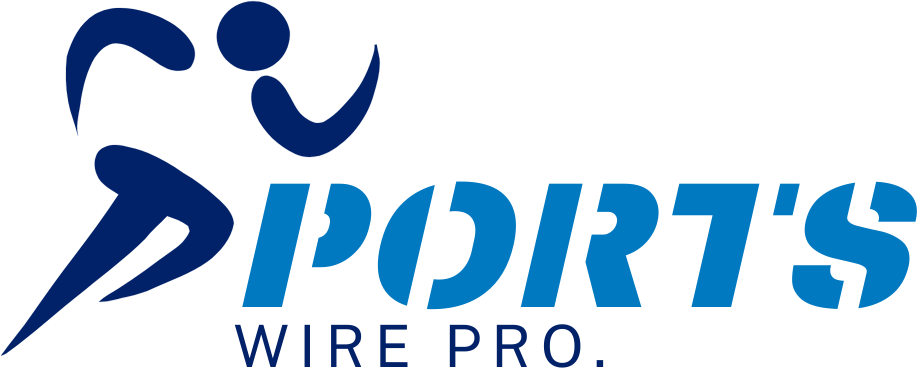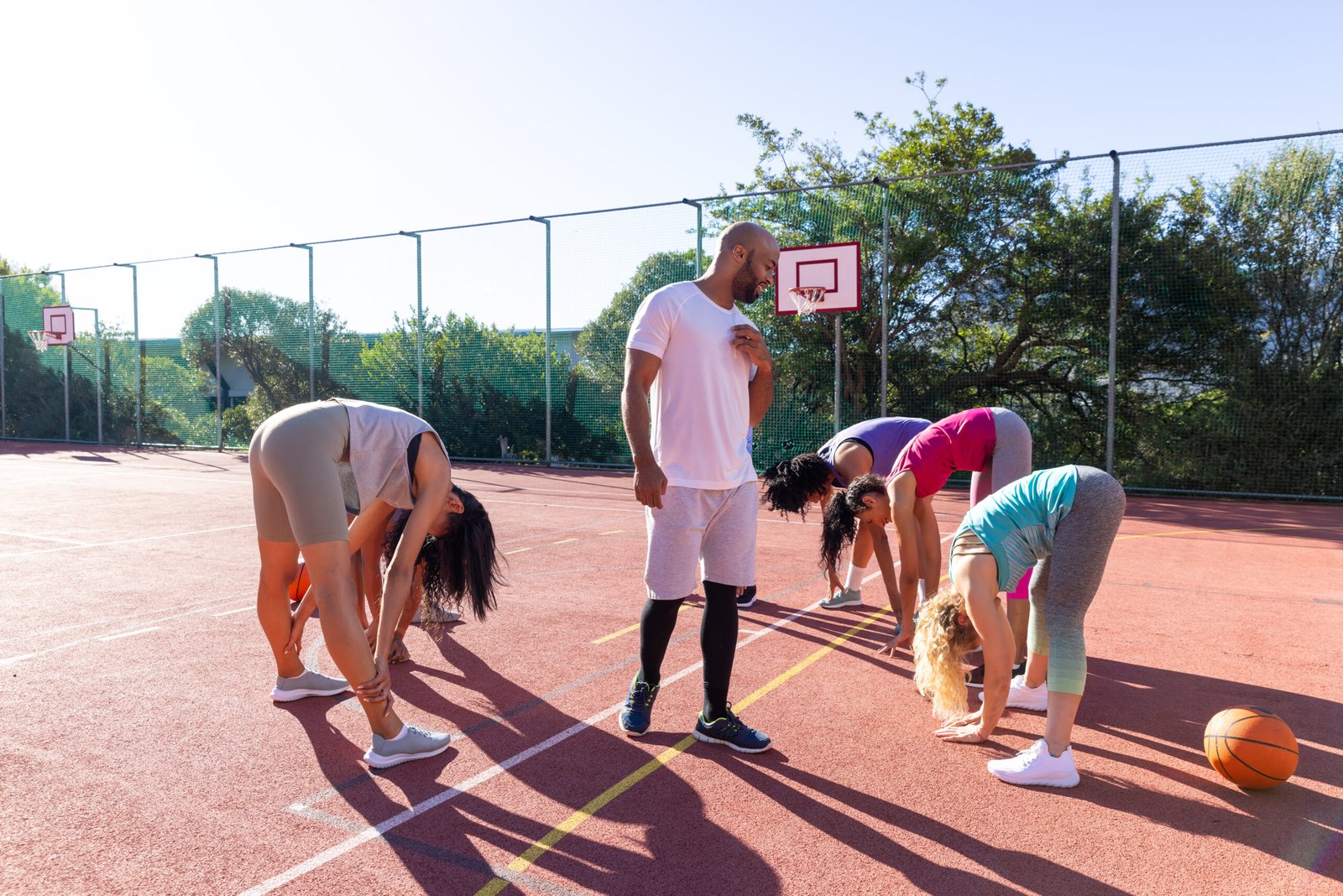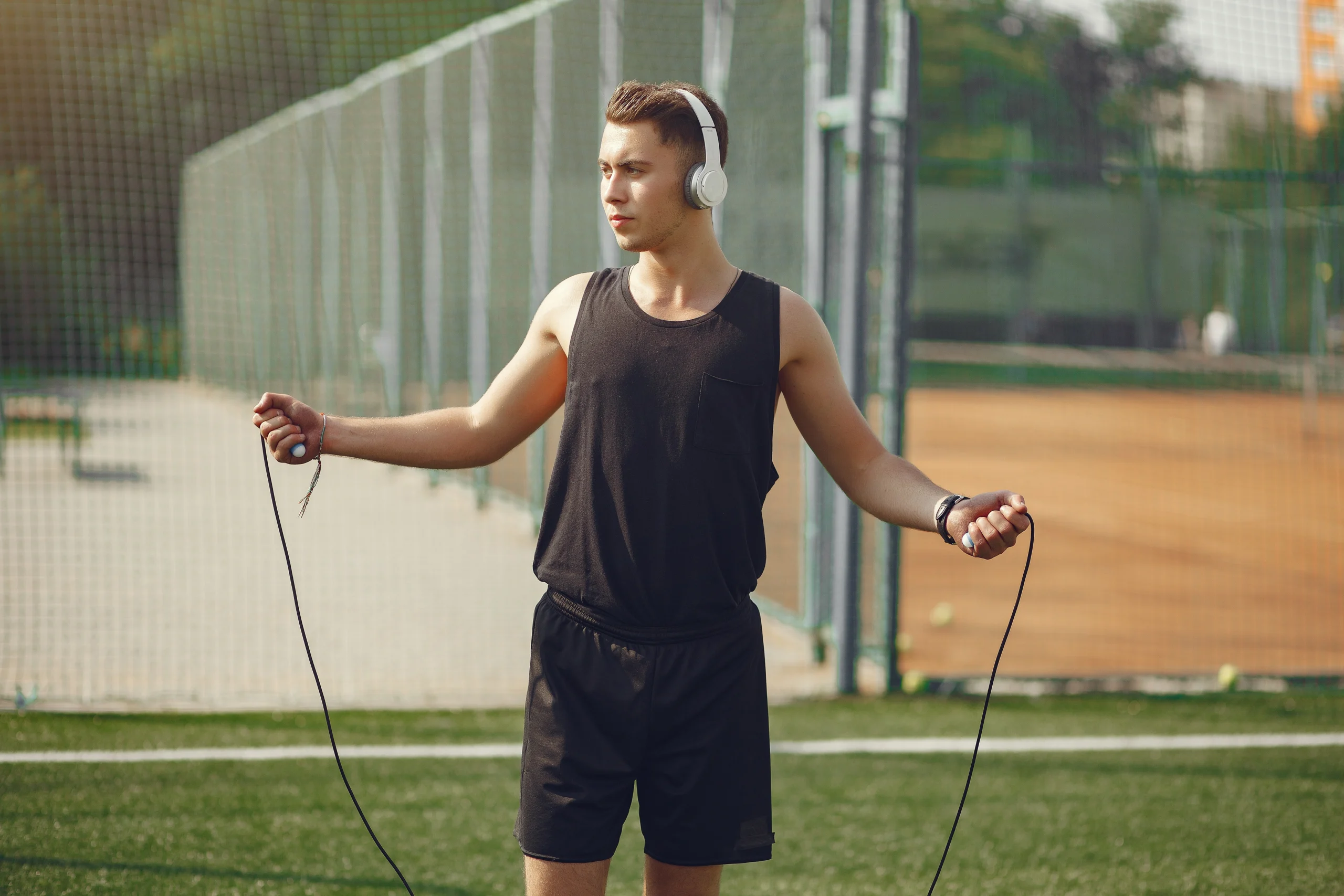Unleashing Potential Through Sports-Specific Training
Imagine a future where athletes of all abilities can improve with sport-specific training regimens. This goal is becoming a reality as sports-specific training regimens change how players, fitness lovers, and coaches see athletic performance. This blog article will explain these personalized programs, their advantages, and how they may help you reach your athletic objectives.
What Are Sports-Specific Training Programs?
Sports-specific training regimens are designed for a specific sport. Unlike general fitness regimens, these programs focus on specialized talents, strength, and endurance. For example, a soccer player may train on quickness, while a swimmer on shoulder strength and endurance. Develop the physical traits needed to succeed in your sport.
The Science Behind Tailored Training
Sports-specific training involves understanding sports mechanics and energy systems. Training plans match the motions and energy needs of each activity. You may enhance muscle memory, efficiency, and injury risk by doing sport-specific workouts. Sprinters emphasize explosive power, whereas marathon runners emphasize endurance and aerobic capacity.
Benefits of Sport-Specific Training for Athletes
Enhancing Athletic Performance
One of the best things about sports-specific training is that it can help athletes do better. If you work on the muscles and skills you need for your sport, you can get faster, stronger, and more flexible. This makes you feel better and gives you an edge over others.
Injury Prevention
Many players care about avoiding injuries; sports-specific training is vital to lowering those risks. Strains and sprains are less likely to happen if you improve the muscles you use in your sport and become more flexible. Athletes are also more likely to avoid getting hurt because these plans often include workouts that target common weak spots and weaknesses.
Improved Mental Focus and Confidence
Not only does sports-specific training help the body, but it also sharpens the mind. Making moves unique to a sport can improve focus and decision-making. This mental training helps people do better under pressure, which boosts their confidence and calmness during events.
Designing a Sports-Specific Training Program
Assessing Athlete Needs
The first step in making a sports-specific training plan is determining the individual’s needs. This means examining their goals, flaws, and skills. Coaches or trainers should complete an evaluation to determine what needs to be fixed and then change the program to fit those needs.
Crafting Targeted Workouts
After the evaluation, it’s time to make workout plans tailored to the sport’s needs. These workouts should focus on moves and muscle groups that are important for success. For instance, a basketball player might do plyometric drills to jump higher, and a tennis player might work on side moves to cover the whole court better.
Monitoring Progress and Adjustments
A training program needs to be checked and changed regularly for it to work. Athletes and teachers should use performance measures to track success and make changes to the program as needed. This keeps workouts exciting and compelling, which keeps players from hitting a rut and keeps them inspired.
Success Stories of Sports-Specific Training
The Rise of Professional Athletes
Many elite players have turned to sports-specific training plans to advance their careers. From Olympic sprinters to NFL players, these athletes have said that customized training helped them do better and last longer in their sports. Athletes who want to improve their skills can learn from their success stories.
Transformative Journeys of Amateur Athletes
Amateur players have also undergone tremendous changes thanks to sports-specific training, which is not just for pros. These stories show how personalized training can help people reach their goals and full potential, whether it’s a weekend warrior taking minutes off their marathon time or a high school talent getting a grant.
Overcoming Challenges in Sports Training Programs
Balancing Training and Rest
Finding the right mix between hard workouts and enough rest is one of the most complex parts of sports-specific training. Including rest days in the schedule is essential because too much exercise can lead to injury and stress. When athletes work out, they should pay attention to their bodies and make healing a priority.
Individualization and Personalization
It’s important to remember that players are unique people with different needs, even though sports-specific training plans are made for specific sports. Making things fit the person is essential since what works for one might not work for another. When making plans, trainers should consider things like age, skill level, and experience of injuries.
Staying Motivated
Keeping yourself motivated is essential for making progress in sports training plans. Athletes should make attainable goals and enjoy their successes along the way. Adding fun and different things to workouts can also keep players interested and excited about their training.
Incorporating Technology in Training
Wearable Devices and Performance Tracking
Thanks to intelligent tech that gives athletes helpful information about their success, sports training has changed significantly. Tools like heart rate monitors and GPS trackers give real-time information that can help you train and heal better.
Virtual Coaching and Online Resources
Thanks to technology, getting help and tools is easier than ever. Virtual teaching platforms let players connect with experts from anywhere, and online tools offer applicable training plans and tips. These technological advances help players learn more and get better at what they do.
Analyzing Data for Performance Enhancement
Data analysis is critical when it comes to sports-specific training plans. By looking at performance data, athletes and teachers can find trends, make intelligent choices, and improve training plans. This data-based method makes teaching more effective and efficient.
Integrating Nutrition with Training
Fueling Performance with Proper Nutrition
Food and nutrition are essential parts of any sports-specific training plan. Athletes should ensure they get the proper nutrients to help them perform and heal. A healthy diet with carbs, proteins, and fats gives you the energy to work out and helps your muscles recover.
Hydration and Recovery
Staying hydrated is essential for performing at your best. Athletes should stay hydrated before, during, and after workouts to keep their energy up and avoid dehydration. Staying hydrated also helps the body heal by eliminating waste and replacing nutrients.
Supplements and Their Role
A well-balanced food and supplements can work together to help players perform better. Vitamins, minerals, and protein shakes are not whole foods, but they can help you get the nutrients you need and speed up your healing.
Building a Supportive Training Environment
The Role of Coaches and Trainers
Coaches and trainers are essential for sports-specific training plans. They help players reach their full potential by giving them advice, inspiration, and knowledge. A helpful bond between a teacher and a player builds trust and responsibility, which leads to better results.
Creating a Positive Team Culture
A good team attitude makes training more fun and helps players get along. A place where players feel encouraged and inspired to do their best is one where they work together and respect each other.
Support Systems and Community
For athletes to be successful, they need to build a support system outside of training. Family, friends, and other competitors can support you and hold you accountable. Being in a group with similar views also helps you feel like you fit in and work toward the same goals.
The Future of Sports-Specific Training
Emerging Trends and Innovations
New ideas and trends are changing sports-specific training, which is a good sign for the future. From improvements in physics to AI-run training plans, technology keeps making it possible for players to do more.
The Impact of AI and Technology
Artificial intelligence and technology are changing how sports are trained by offering customized, data-driven solutions. AI systems can analyze performance data and make personalized suggestions to help players get the most out of their training plans.
Sustainability and Inclusivity
Sustainability and welcoming everyone are becoming increasingly important in sports training. Athletes and groups are becoming more aware of the need for environmentally friendly methods and easy access to training. If ecology and inclusion are prioritized, the future of sports training will be more aware and fair.
Unlock Your Athletic Potential Today
Finally, sports-specific training regimens boost performance, reduce injuries, and help achieve objectives. Customizing training for your sport can maximize your performance and give you an advantage. Beyond physical health, sports-specific training improves mental concentration and confidence in amateur and professional athletes.
If you want to improve your sporting skills, read on. Talk to experts, look into sports-specific training plans, and start your unique training path today. If you work hard and follow the correct method, you can become great at your sport and improve your game like never before.





